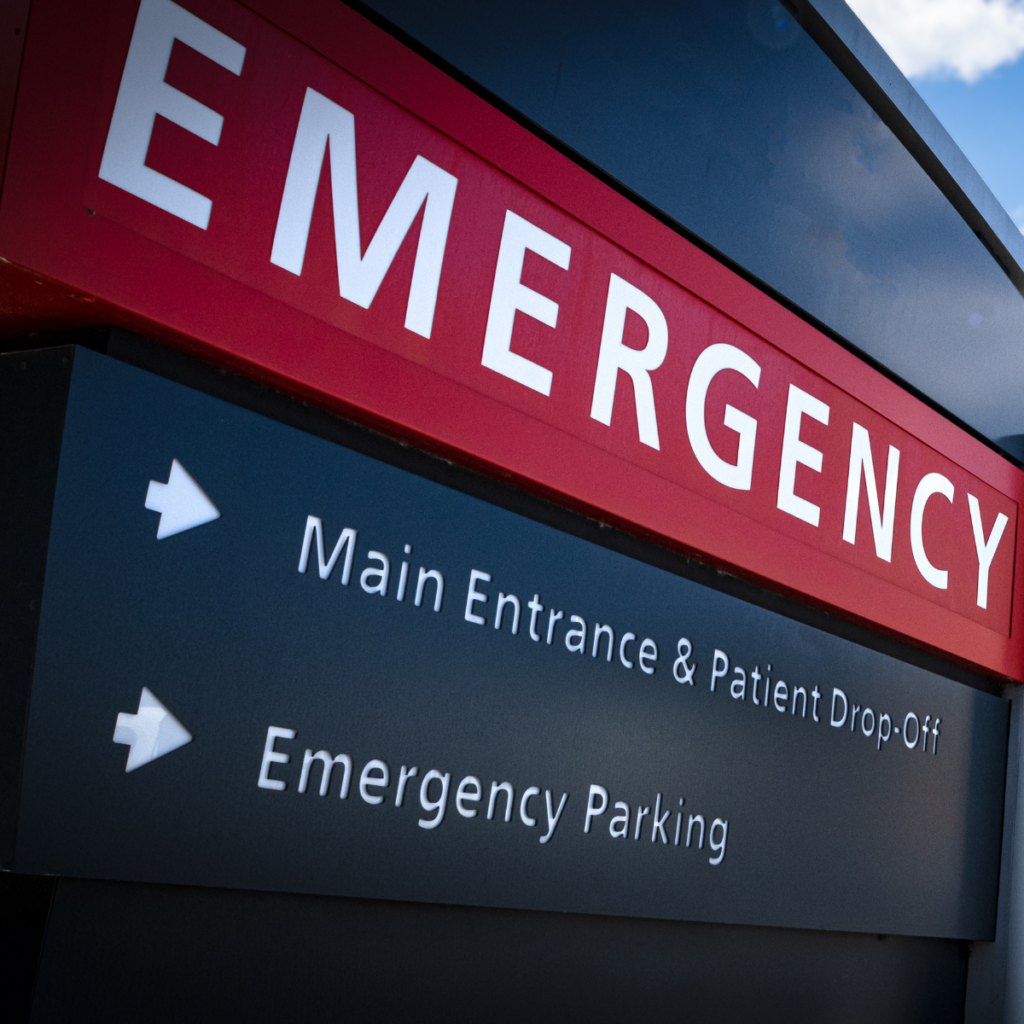
Emergency Medical Responder 1b

Being an emergency medical responder is dynamic and challenging. EMRs are first responders who are prepared for action! Explore how to care for diverse patients in unique and even difficult situations. From advanced trauma to childbirth, from mass casualties to special conditions. EMRs are trained to care for, treat, move, and transport patients in various situations and play a vital role as part of an EMS response team.
During this course, you will learn career-related skills and earn a badge for this accomplishment. A badge is a digital certification of your career-related learning that you can share on social media and higher education platforms, or with colleges, potential employers, peers, and colleagues. Select this link to learn more about badges.
Major Topics and Concepts
Unit 1: Pediatric Patients
- Assess child patients of all ages
- Provide pediatric patients with treatments for medical and traumatic emergencies
- Understand how children differ from adults in their responses to illness and trauma
- Recognize common pediatric illnesses
- Identify and manage children in abuse situations
Unit 2: Pregnancy and Childbirth
- Describe the various stages of pregnancy and labor
- Provide assistance in the delivery of a baby
- Assess and administer care to the mother and newborn
- Provide care for medical and traumatic emergencies involving pregnant patients
- Identify and manage complications during childbirth
Unit 3: Special Populations
- Understand the impact of age-related changes to patient assessment and care
- Explain the science behind obesity and adapt care to the needs of bariatric patients
- Describe the process of palliative care and the role EMRs play in it
- Identify and assess patients with special needs
- Discuss tips on how to communicate clearly with non-English speaking patients
Unit 4: Mental Health and Crisis Intervention
- Identify the different types of mental illness that can afflict patients
- Learn how opioid addiction begins and how to treat patients in case of an overdose
- Understand how to keep yourself and the patient safe in situations where there is mental distress
- Delicately and professionally assess and provide support to victims of sexual assault
- Effectively communicate with suicidal patients so that they may get treatment
Unit 5: Advanced Trauma Management
- Assess and treat traumatic injuries to the head, neck, and face
- Assist patients who have chemical burns or trauma to the eye
- Identify complications arising from chest trauma, including pneumothorax
- Describe the steps needed to secure abdominal organs in the case of evisceration
- Prioritize injuries and manage multi-system trauma
Unit 6: Mass Casualty Incidents
- Explain how to assess the scene of a mass casualty incident, detailing specific issues arising with each type of disaster
- Understand the makeup of the incident command system and how it works to manage mass casualty incidents
- Determine the priority of patients injured in a mass casualty incident and categorize them by symptoms
- Work as a team member to provide treatment and transport for patients injured in mass casualty incidents
- Reflect on the emotional and mental stress that involvement in these events can play in the lives of EMRs
Unit 7: Moving and Transporting Patients
- Demonstrate proper body mechanics whether sitting, standing, or moving a patient
- Be able to use different methods to move a patient, such as clothes drag and chair transfer
- Identify equipment that can be used to move or transport patients, being able to distinguish each one’s specific use
- Understand the guidelines and responsibilities of driving an ambulance
- Explain the skills needed to work in onsite locations such as a first aid tent or on an industrial site
Unit 8: Special Situations
- Treat and assist a patient who needs to be extricated from a vehicle
- Understand how to handle the medical issues that may arise during deep-sea dives or other water emergencies
- Properly protect yourself and others from further injury during a chemical spill or terror attack
- Identify the risks that come with treating patients in industrial or agricultural settings
- Explain what information is needed to safely deploy a rescue helicopter and how to assist with patient transfer
Competencies
Pediatric Patients
Students will demonstrate an understanding of pediatric patients by describing types of pediatric illnesses, explaining treatments, and summarizing human stages of development.
Pregnancy
Students will demonstrate an understanding of pregnancy by describing stages of pregnancy, explaining pregnancy complications, and summarizing post delivery care.
Special Populations
Students will demonstrate an understanding of special populations by describing types of patients, summarizing patient assessment, and explaining patient care needs.
Mental Health
Students will demonstrate an understanding of mental health by describing types of mental health illnesses, explaining patient support techniques, and summarizing opioid addiction.
Andvanced Trauma Management
Students will demonstrate an understanding of advanced trauma management by describing traumatic injury assessments, explaining trauma treatments, and summarizing types of complications.
Mass Casualty Incidents
Students will demonstrate an understanding of mass casualty incidents by describing mass casualty scene assessment, and explaining management of mass casualty incidents.
Transporting Patients
Students will demonstrate an understanding of transporting patients by describing methods to transport patients, explaining proper body mechanics for patient transportation, and summarizing responsibilities in patient treatment areas.
Special Emergency Situations
Students will demonstrate an understanding of special emergency situations by describing patient treatment in special emergency situations and explaining risk protection methods.

